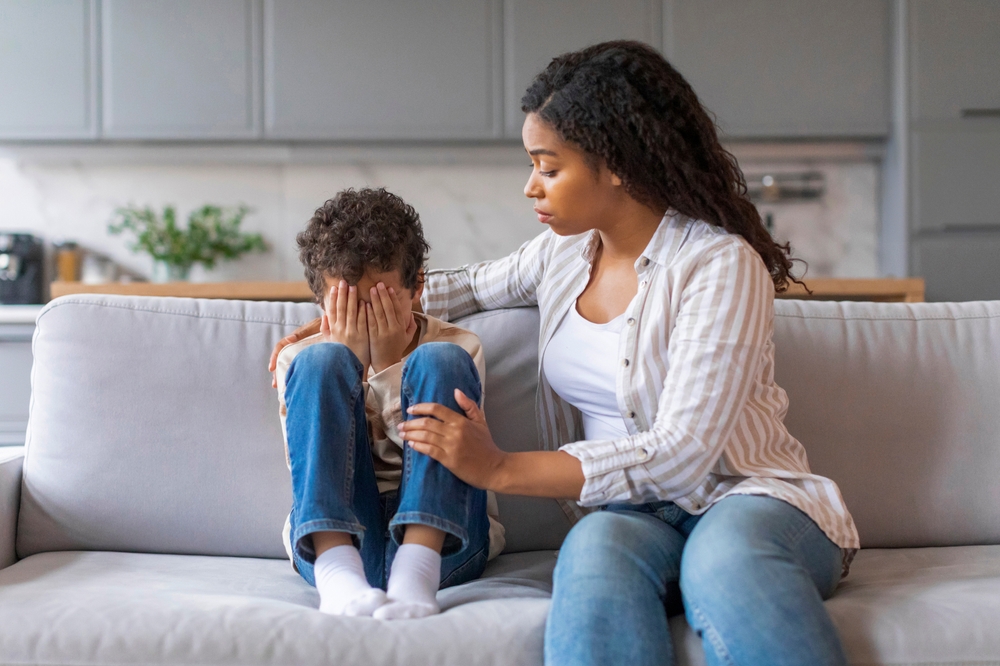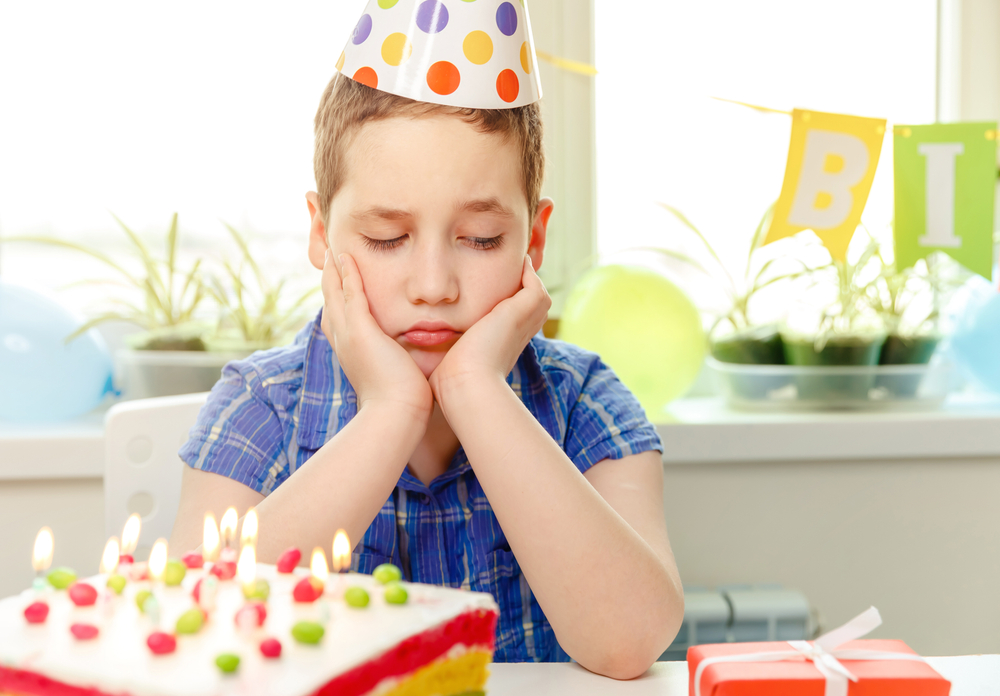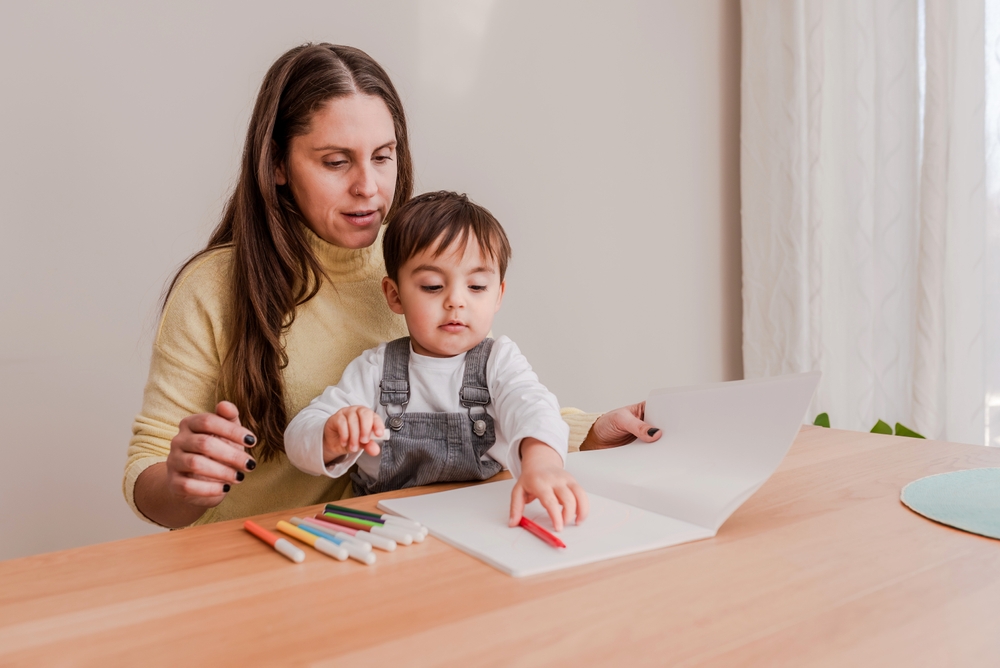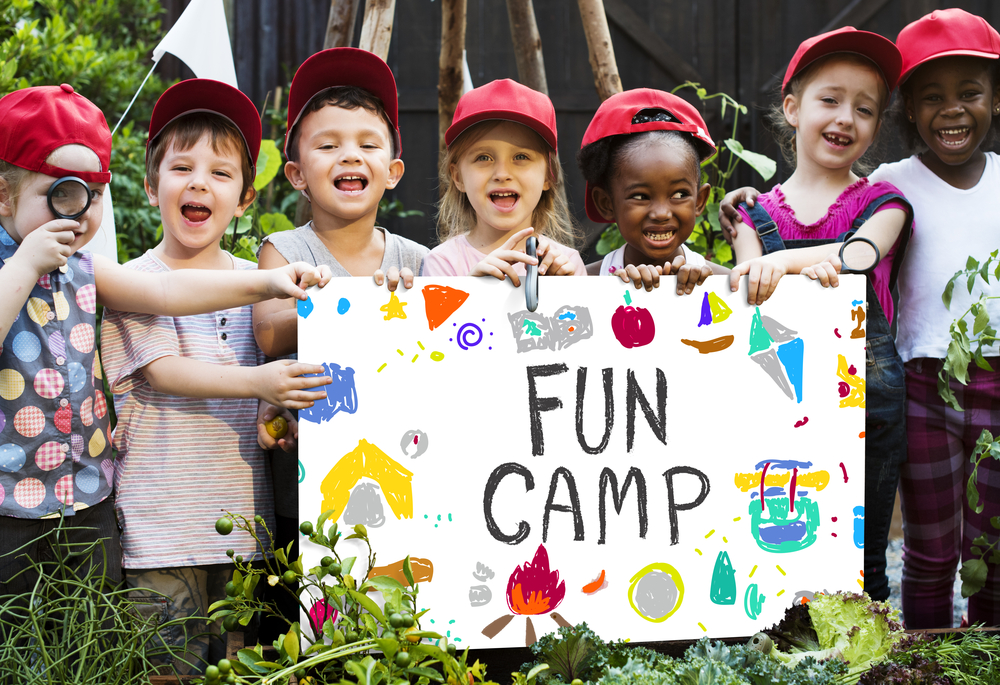Most parents have seen it happen—one day their child is happily playing, and the next, they cover their ears at the sound of a vacuum, blender, or even a barking dog. When a child becomes suddenly afraid of everyday sounds, it can be confusing and concerning. Understanding why this change occurs can help parents respond calmly, support their child’s emotional development, and rule out any underlying medical concerns.
1. When Fear Becomes a Normal Developmental Phase
For many children, being afraid of everyday sounds is part of normal development. Around ages two to four, kids become more aware of their surroundings but may not yet understand what causes certain noises. The roar of a garbage truck or the whir of a hair dryer can feel unpredictable and overwhelming. During this stage, their brains are rapidly developing, and they’re learning how to process sensory input. This fear often fades as they gain familiarity, confidence, and reassurance from parents.
2. Sensory Sensitivity Could Be the Cause
Some children are naturally more sensitive to sensory stimuli, meaning they can perceive sounds more intensely than others. When a child seems afraid of everyday sounds like hand dryers or doorbells, it could be due to sensory processing sensitivity. This trait doesn’t necessarily indicate a disorder—it simply means the child experiences the world more vividly. Loud or sudden noises may startle them more easily, leading to avoidance or anxiety. Providing quiet spaces, using noise-reducing headphones, or introducing sounds gradually can make a big difference in how they cope.
3. Ear Infections or Hearing Changes Might Play a Role
Physical causes shouldn’t be overlooked when a child suddenly becomes afraid of everyday sounds. A recent ear infection, fluid buildup, or temporary hearing change can make noises seem distorted or unusually loud. Even a mild infection can make certain frequencies feel uncomfortable. Scheduling a check-up with a pediatrician or audiologist helps rule out any medical explanations. If the ears check out fine, parents can focus on emotional and behavioral strategies to ease the fear.
4. Anxiety and Stress Can Heighten Noise Sensitivity
Emotional factors can also contribute to a child being afraid of everyday sounds. If a child has experienced a stressful event or is feeling anxious, their nervous system may be on high alert. Everyday noises might feel more intense or threatening during these times. Parents may notice other signs—trouble sleeping, clinginess, or sudden startle reactions. Offering reassurance, keeping routines consistent, and modeling calm responses to loud sounds can help children feel safer and regain confidence.
5. Negative Associations Can Reinforce Fear
Children are quick learners, and one frightening experience can leave a lasting impression. If a balloon popped near their ear or a loud thunderclap startled them, they may start connecting those moments with danger. Over time, this can lead them to become afraid of everyday sounds that remind them of the incident. Parents can gently desensitize these fears by reintroducing similar sounds in positive, controlled settings. For instance, playing soft background noises during playtime can help children form new, more neutral associations.
6. Autism Spectrum Disorder or Sensory Processing Disorder
In some cases, persistent fear of everyday sounds may signal an underlying condition such as autism spectrum disorder (ASD) or sensory processing disorder (SPD). Children with these conditions often have heightened or inconsistent sensory responses, including to noise. They may react strongly to sounds most people barely notice, such as a refrigerator hum or classroom chatter. Observing whether the fear interferes with daily life—like avoiding public spaces or struggling at school—can guide whether to seek evaluation. Early intervention can help children build coping skills and navigate sensory experiences more comfortably.
7. Helping Your Child Feel More in Control
The key to easing a child’s fear of everyday sounds is empowerment through predictability and comfort. Letting them press the button on a noisy toy or control the volume of a TV helps them understand the cause-and-effect behind sounds. Parents can use playful exposure—like pretending to be the “quiet vacuum monster”—to reframe scary noises as fun. It’s also helpful to name the sounds and explain what they do in simple terms. This builds both emotional resilience and curiosity instead of fear.
8. When to Seek Professional Guidance
If your child’s fear of everyday sounds lasts for more than a few months or begins affecting their quality of life, professional help can be valuable. Pediatricians, child psychologists, or occupational therapists specializing in sensory integration can identify whether deeper issues are involved. A professional can also teach coping strategies, such as breathing exercises or noise desensitization techniques. Parents who get support early often find the situation improves much faster. Most importantly, remember that fear rooted in sound sensitivity is manageable and often temporary.
Turning Fear into Understanding
When a child becomes afraid of everyday sounds, it’s a signal of how deeply they experience the world—not a sign of weakness. With patience, empathy, and gentle guidance, parents can help their child build confidence in handling the noises of daily life. Each small success reinforces that sound isn’t something to fear but to explore and understand.
Has your child ever gone through a phase of fearing normal noises? How did you help them adjust? Share your experiences in the comments below!
What to Read Next…
What’s Causing So Many Children to Fear Sleepovers Again?
Helping Your Child Handle Fear Without Making It Worse
6 Signs Your Child Is Struggling with Social Anxiety









